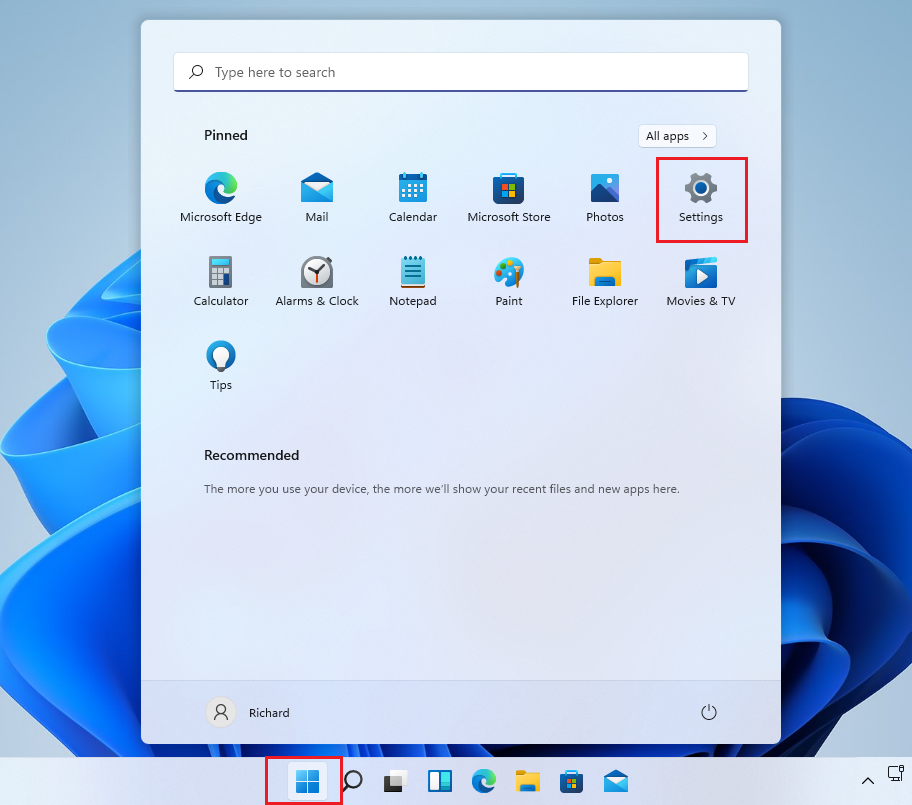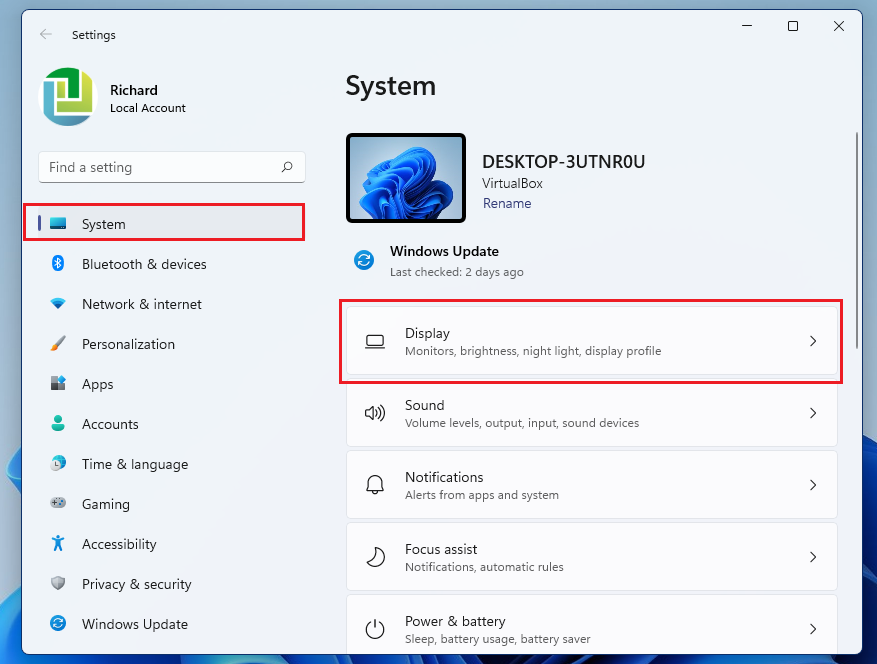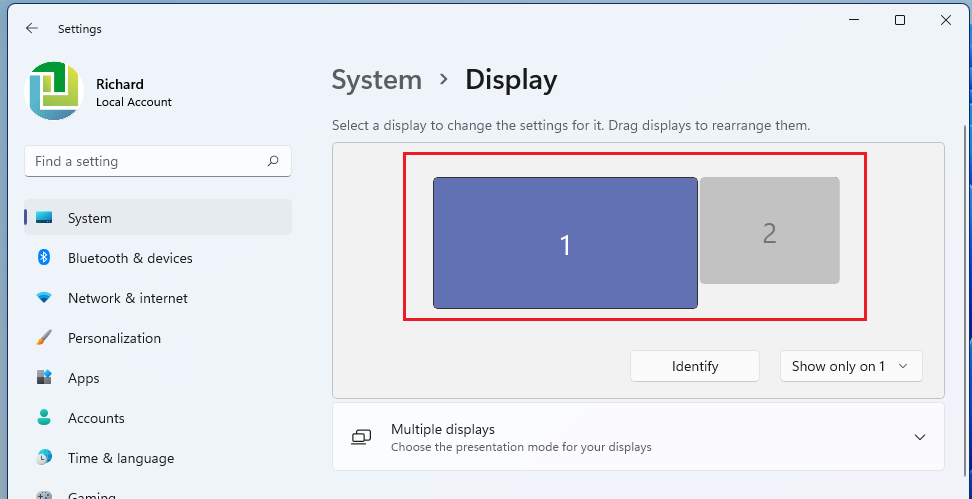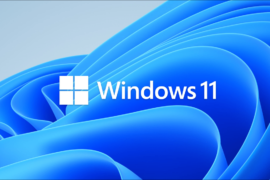This post shows students and new users the steps to add a second monitor or an external monitor in Windows 11. Windows is capable of working with multiple displays or monitors. If you have additional monitors that you want to extend your work to, just plug it into your Windows machine and get to work.
If you are adding a second display to your desktop computer with a dual display adapter, make sure all monitor cables are secure. If adding a second display to your laptop, connect the second display to a compatible display port on your laptop and make sure it is properly seated.
Once the second monitor is connected successfully, Windows will automatically detect and mirror your desktop on both or all monitors. If the second monitor shows nothing, do the following:
Please select Start > Settings > System > Monitor. Your PC should automatically detect your monitors and display your desktop. If you don’t see the monitors, select Multiple monitors > Detect.
With two displays, these display modes are available:
- PC screen only: See things on one screen.
- Double: See the same on all your screens.
- Enlarge: View your desktop on multiple screens. When you have extended screens, you can move items between the two screens.
- Second screen only: See everything on the second screen only.
How to configure additional monitors in Windows 11
When you set up a second monitor in Windows, Windows will automatically recognize it and set it to the recommended resolution to get the most out of your displays.
However, if the systems do not automatically identify or recognize the second monitor, follow the steps below to configure its settings.
Windows 11 has a centralized location for most of its settings. From system settings to creating new users and updating Windows, everything can be done from your System settings crystal.
To access the System Settings, you can use the Windows key + i shortcut or click Start ==> Settings as shown in the following picture:

Alternatively, you can use the search box on the taskbar and find Settings. Then select to open it.
The Windows settings panel should look similar to the image below. In Windows settings, click Systemand select Monitor tile on the right panel of the screen shown in the image below.
Your PC should automatically detect your monitors and display your desktop.

If you don’t see the monitors, select Multiple monitors tile and click Detect.

If Windows detects the second monitor, it will appear and allow you to adjust the settings for each one.

Once all screens are detected, Windows will display a number that corresponds to one screen. Go to Settings > System > Monitor > Identify. A number appears on the screen of the screen to which it is assigned.
How to organize your screens in Windows 11
With multiple screens, you can change the way they are organized. You can drag your screens to the relative positions you want. This is useful if you want your displays to match the way they are set up in your home or office.
Under Display Settings, select and drag the screen where you want. Do this for all the screens you want to move. When you are satisfied with the design, select Request.
You can also select the orientation, resolution or scale and refresh rate to apply additional settings.
Read the post below to learn how to change your screen orientation.
How to change the screen orientation in Windows 11
You should do that!
Conclusion:
In this tutorial we have seen how to add a second monitor in Windows 11. If you find any errors above or have something to add, use the comment form below.




